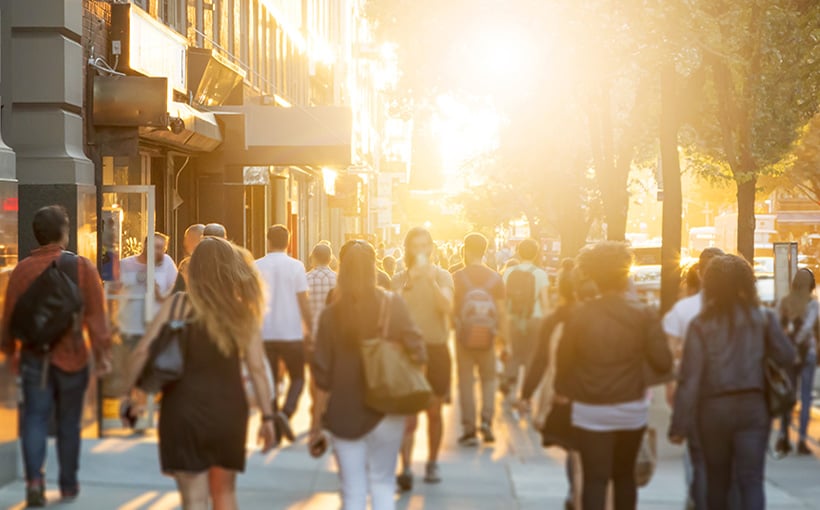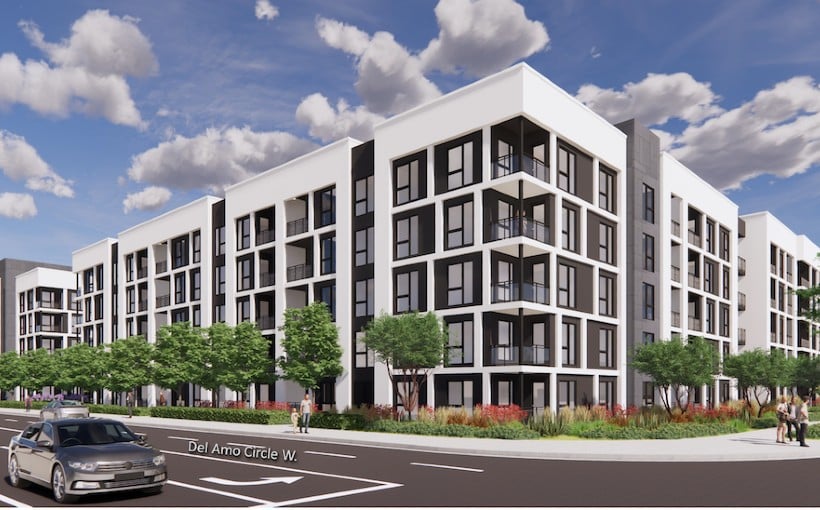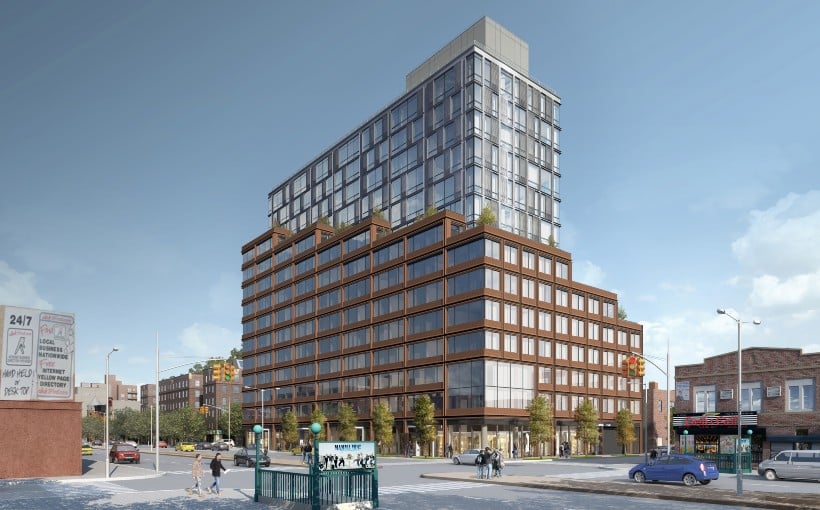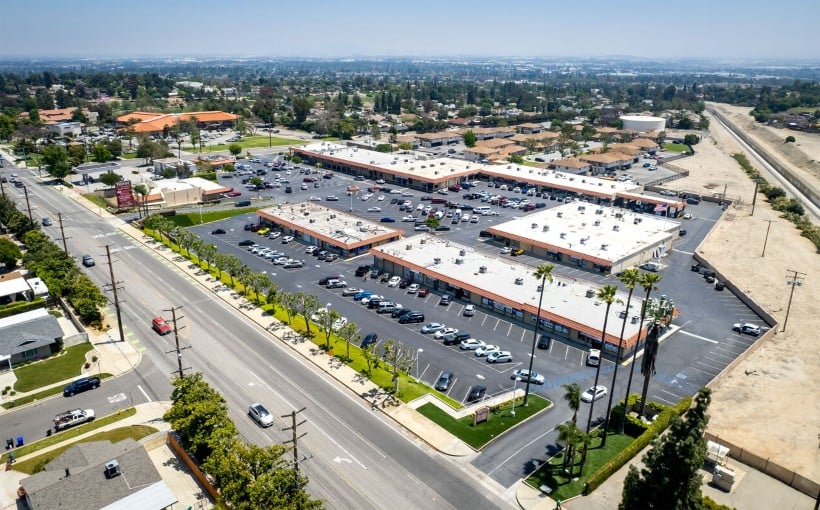Manhattan, a once quaint Dutch village, has transformed into a bustling metropolis with towering skyscrapers and busy streets. This evolution is not unique to Manhattan; American cities have undergone significant changes over the past 500 years. According to a recent CBRE study titled “Shaping Tomorrow’s Cities,” these changes are ongoing.
The Impact of Remote Work
The study highlights the current impact of remote work on US cities and how it has caused yet another transformation. The pandemic halted 30 years of urban renaissance as many individuals relocated to suburban areas for safety reasons.
Public Safety Concerns in Major Cities
In response to public safety concerns, workers and visitors are hesitant to return to major cities such as Boston, Chicago, Philadelphia, San Francisco Seattle and Washington DC – referred by CBRE as “Mixed Majors.”
Different City Archetypes
Apart from Mixed Majors mentioned above ,the study also categorizes 19 markets into other archetypes based on economic factors,demographics,and development issues:
– Super Cities: Los Angeles & New York
– Sprawling Darlings: Atlanta,Dallas Denver,Houston & Phoenix
– Developing Destinations : Austin ,Charlotte,Miami,Nashville Orlando,Tampa
Thriving Mixed-use Developments
Accordingly,the report suggests that mixed-use developments play an important role in revitalizing urban areas.These developments offer walkable spaces with diverse properties like apartments retail stores restaurants hotels along with high-quality office space .
Analysis shows that office rents tend be higher while vacancies were lower (18% less) compared non-prime business districts which mostly consist only offices without any live-work-play amenities .
Key Elements for Urban Evolution
To ensure successful city evolution,the report identifies six critical elements :
1.Economic vitality & adaptability : diversity in talent pool,mix industries,culture innovation,civic engagement,& capital inflows.
2.Demographics : age distribution ,education levels,special skills,cost of living and diversity.
3.Quality of life : recreational opportunities,green spaces,and overall residential well-being.
4.Infrastructure: social services ,educational facilities,medical care centers,transportation systems & utilities.
5.Identity: historical significance,natural resources,& cultural heritage .
6.Governance : efficient zoning & permitting regulations,economic incentives,safety standards,tax structures,& immigration policies.
Revitalization Efforts
The study emphasizes that revitalizing cities is not solely the responsibility of the government or private sector. Every stakeholder has a role to play in this ongoing evolution. For instance, building owners and developers can contribute by investing in redeveloping existing properties and creating vibrant areas for people to live-work-play.
In conclusion,the transformation of American cities is an ever-evolving process with various factors at play.It requires collaboration among different stakeholders to ensure economic vitality,demographic diversity,a high quality-of-life,and efficient governance.This will create thriving urban environments for generations to come .




